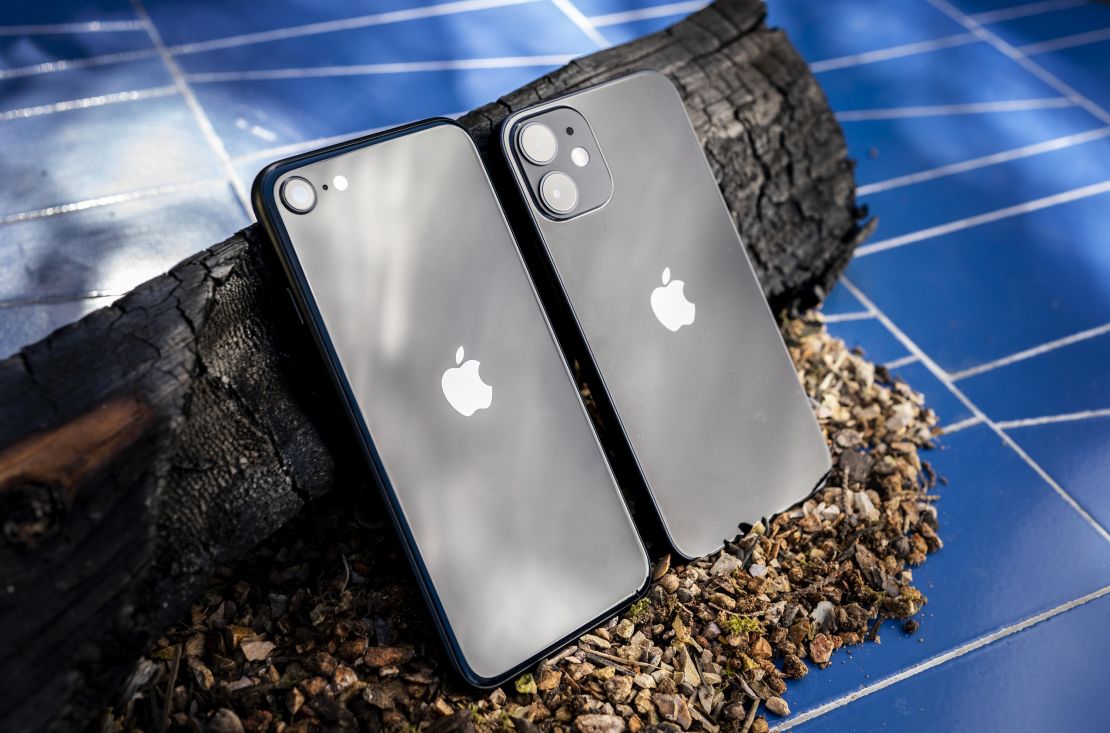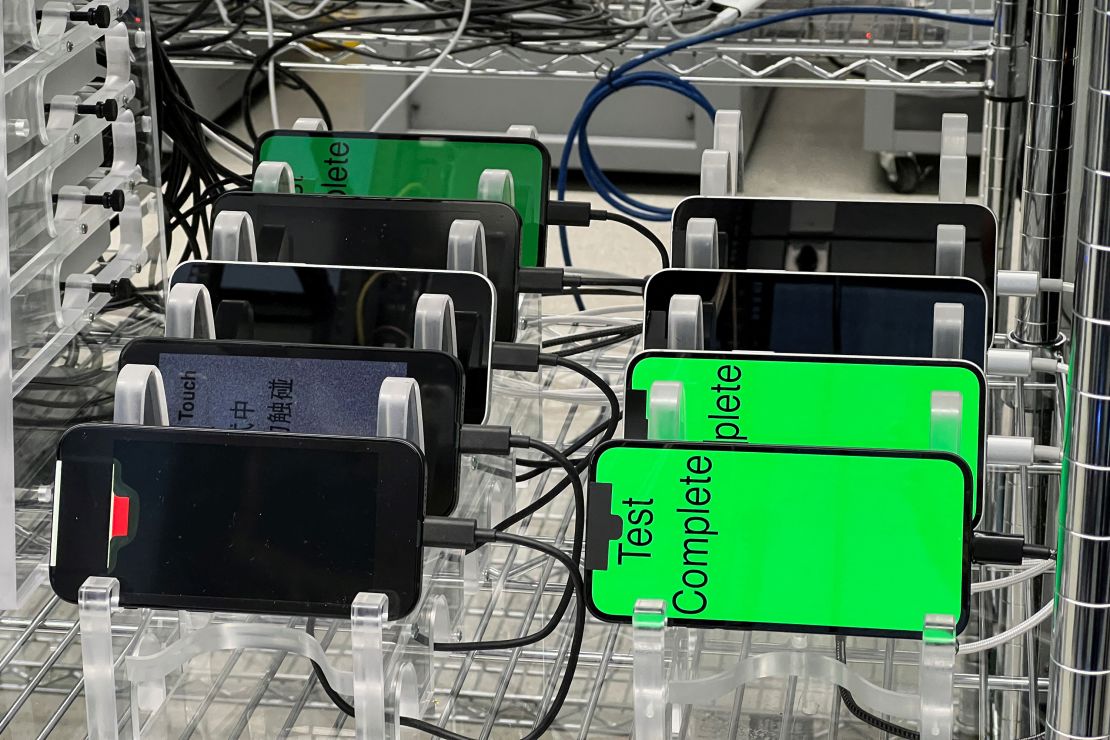Apple’s iPhone 16e debut was surprising for two reasons: First, the company shifted away from the “SE” branding after nearly a decade. Then it priced the budget phone higher than expected at $599 — a notable jump from the $429 iPhone SE.
The iPhone 16e, which launches on February 28, is Apple’s latest effort to diversify its iPhone lineup and prove the company’s 18-year-old signature product can still appeal to new audiences. The iPhone is the driving factor behind Apple’s nearly $4 trillion market cap, generating $69.1 billion of the $124.3 billion in revenue Apple reported for its first fiscal quarter of 2025.
The launch comes after Apple’s previous budget phones have seen mixed success.
Data from market research firm Consumer Intelligence Research Partners suggests the iPhone SE only accounted for 5% of US iPhone sales for the quarter ending on December 31, 2024. Globally, the iPhone SE only made up 1% of Apple’s iPhone sales last year, according to Counterpoint Research. The iPhone Mini, a smaller and less expensive model launched in 2020, was cut from the iPhone family after just two generations.
The higher price of the iPhone 16e raises questions about whether it would appeal to budget-minded shoppers. But despite the cost, the new budget smartphone could draw in more consumers, mostly because Apple is seemingly following a successful strategy from roughly seven years ago with the iPhone XR.
Apple is taking a different direction with the iPhone 16e
The iPhone 16e has largely been perceived as an iPhone SE replacement. It launched during the same timeframe Apple has historically introduced new SE models, and the company removed the iPhone SE from its online store after the announcement.
But the iPhone 16e is more like a successor to the iPhone XR, which was introduced in 2018 alongside the iPhone XS for those who wanted a more affordable device with many of the same qualities. With the iPhone XR and now the iPhone 16e, Apple prioritized screen size, battery life and performance, instead compromised on camera hardware to cut costs.
That strategy seemingly paid off with the iPhone XR. It was the best-selling phone globally in the third quarter of 2019, according to Counterpoint Research.
Apple didn’t release a new version of the iPhone XR in 2019. But its next-generation iPhone at the time, the iPhone 11, took a lot of cues from the XR in terms of design and pricing.

Although the iPhone 16e isn’t on sale yet, some analysts believe it could be more popular than the iPhone SE. That’s partially because of its larger screen, says Gerrit Schneemann, a senior analyst in Counterpoint Research’s smartphone division. The iPhone 16e has a 6.1-inch display, the same size as the iPhone 16, while the iPhone SE had a 4.7-inch screen.
“(Apple is) giving up on that kind of smaller form factor and realizing that people are interested in a larger display,” Schneemann said to CNN. “Even if it means discarding the $400 entry price.”
Before the iPhone 16e reveal, Ming-Chi Kuo, a TF International Securities analyst known for being tapped into Apple’s supply chain, predicted that Apple’s next budget phone would sell “slightly better” than the previous iPhone SE.
But there are reasons to be skeptical. At $599, the iPhone 16e still commands a high barrier to entry, especially compared to the price of some Android phones. And there’s the question of whether the iPhone 16e may detract from iPhone 16 sales, as Bank of America analyst Wamsi Mohan wrote in a note to investors on February 19.
“They have to be really careful to offer enough in this device that it is worth $600 to a buyer, but not offer so much that someone that would spend $1,300 or even $1,000 picks it over that,” Daniel Newman, CEO of the technology research firm The Futurum Group, told CNN.
Why the iPhone 16e is important for Apple

Apple’s flagship iPhones usually steal the spotlight, and for good reason. The more expensive Pro and Pro Max models tend to be the most popular globally, according to data from market research firm Kantar, a trend that likely keeps Wall Street happy by boosting the iPhone’s average selling price.
But the iPhone 16e could help Apple tap into an audience that may otherwise opt for an older secondhand iPhone or an Android phone. It could also help Apple better compete in the Chinese market, where it faces heightened rivalry from regional brands like Huawei and Xiaomi.
But perhaps most importantly, the iPhone 16e could be critical in popularizing Apple’s technologies and apps, especially as it seeks to grow its services business to reduce its reliance on iPhone revenue. Putting Apple Intelligence in the iPhone 16e means that even those who don’t want to pay $800 or more for a new phone can access Apple’s AI tools. And getting Apple Intelligence in the hands of more consumers is crucial for the iPhone maker as Google, Microsoft, Samsung and other rivals are going all-in on AI.
“Apple really needs to win,” Newman said, referring to winning over Android fans and budget phone shoppers. “…Its whole AI strategy and its intelligence strategy and its app strategy for the future is really where I think its biggest growth opportunity comes.”








